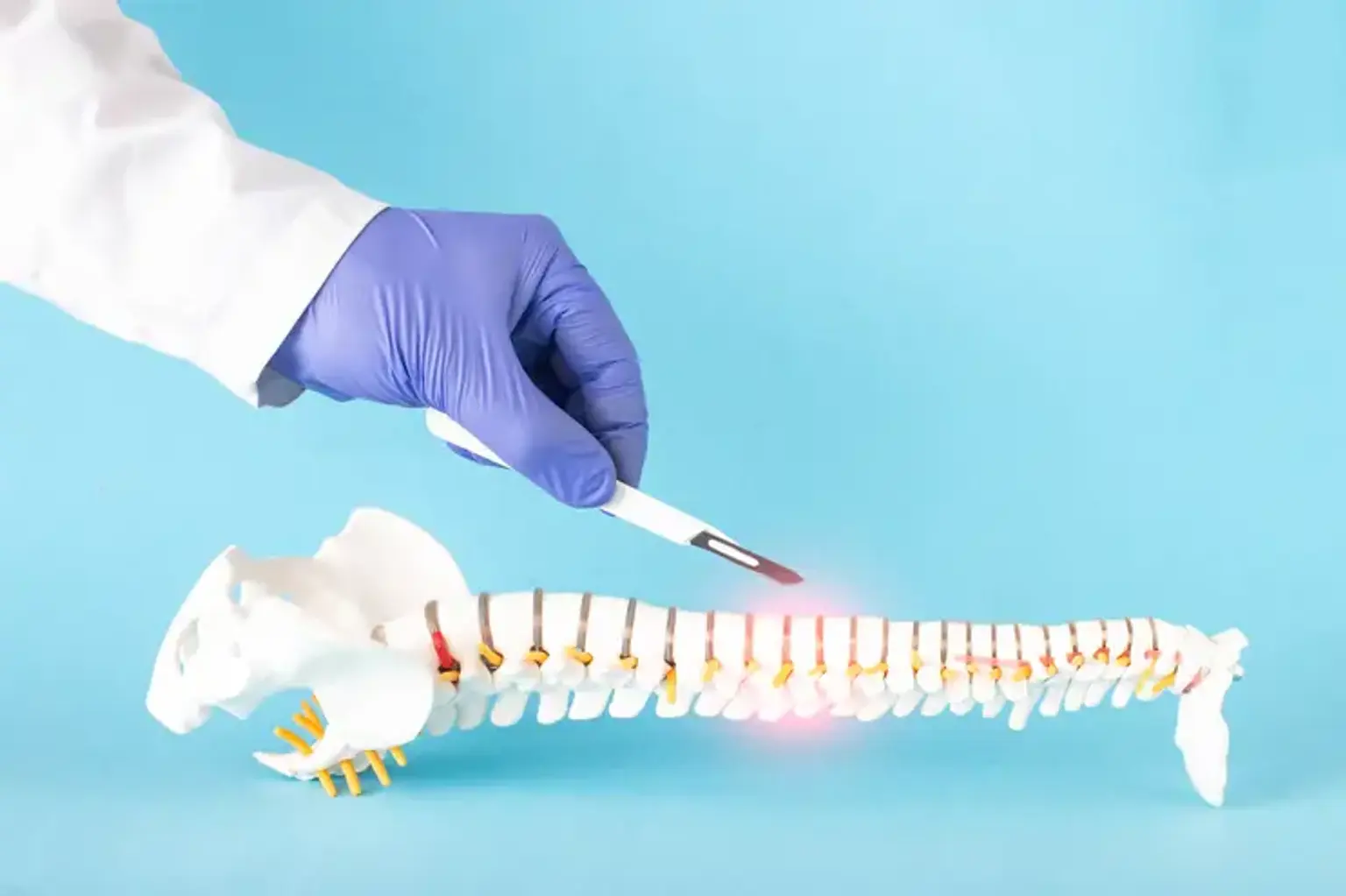Bloodless percutaneous vertebroplasty
Overview
Image-guided spinal surgeries have been performed for many years by interventional radiologists. Percutaneous vertebroplasty is a recent method that involves injecting a medical grade cement through a needle into a painfully damaged vertebral body. This stabilizes the fracture, enabling most patients to stop or reduce analgesics and resume regular activities.
